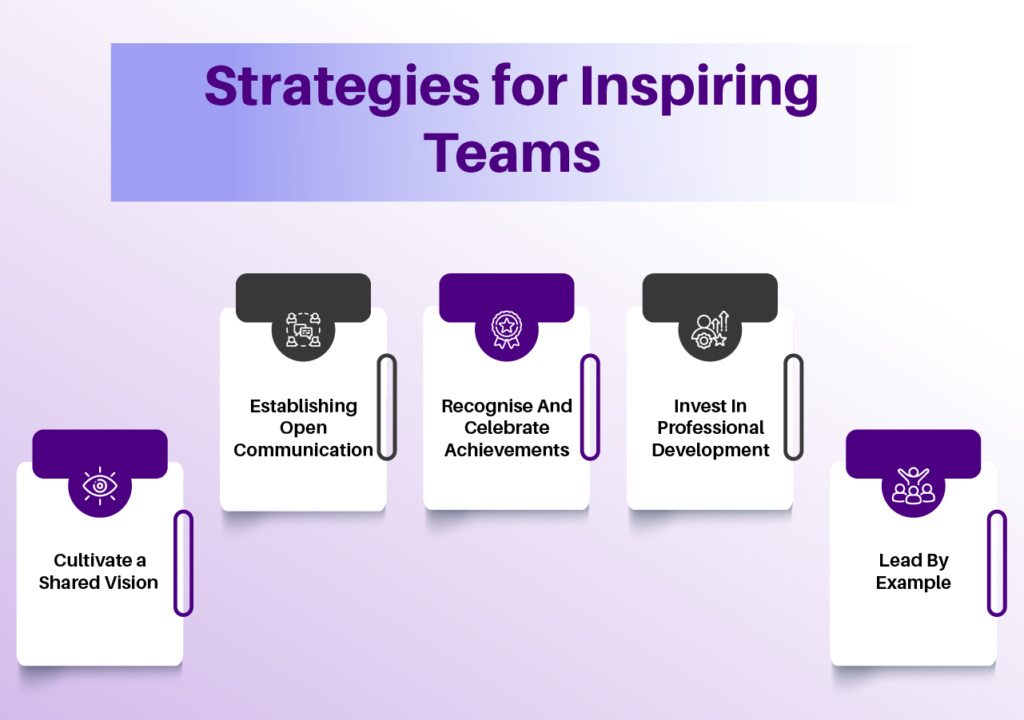Table of Contents
Transformative Leadership: Inspiring Teams through Effective Strategies
In today’s fast-growing and complex business environment, leadership has shifted from mere authority and management to a more influential concept called transformative leadership. This is not about exerting control over the subordinates or even the organisation’s operations; it is about motivating groups and effecting fundamental transformations in companies. In the following ways, change-oriented management motivates the employees, ensuring they become productive, creative, and long-term performers.
Transformative leadership empowers and promotes the values of professionals and paraprofessionals practising in organizations.
In fundamental terms, transformative leadership entails changing people or employees and having them achieve levels they never imagined possible. It is defined by the leader’s capacity to generate desirable and attainable goals to pursue and the motivation of all the employees for the formulated goals. These leaders are not just superiors or persons in charge of other people but guides, trainers, and mentors who make teams surpass their capabilities.

Characteristics of Leadership and Managers
Visionary Thinking:
Another critical skill in transformative leaders is looking at the horizon. Leaders are great at understanding the future. They align their team to prepare for future changes based on the business environment. This foresight is essential in charting the team and providing it with a definite and inspiring vision.
Emotional Intelligence:
Emotional intelligence plays a crucial role if the leadership of organizational units is to change. Managers and supervisors with effective EI can capture personnel’s loyalty through effective interpersonal communication. Such linkage helps leaders motivate people in teams because the leaders can understand each person and their needs and motivations.
Empowerment:
An organization’s senior management needs to be influential to promote delegation of authority and support subordinates. They develop the ownership sense related to the state, wherein everyone in the team feels like they own the team. This empowerment is essential for motivating the teams to think and act innovatively.
Adaptability:
In such a world, flexibility is one of the defining characteristics of professional leaders and managers. They accept change and are willing to listen to new ideas so that their teams are ready to undertake the task or seize the opportunity that comes their way. This flexibility creates a mindset of capable and constant enhancement.

Strategies for Inspiring Teams
One cannot prove that transformative leadership is a methodology that does not require active input from planned activities to achieve objectives. Here are some effective strategies:
Cultivate a Shared Vision:
A vision also serves as a leading direction for the team, as everyone follows the direction set. Getting people to own the organisation’s vision is another area that leaders should involve the team. This is a positive motivation that brings together focus and drive towards the ordinary parish. This collective vision is a positive motivation as it assembles direction and spirit towards the goal.
Establishing Open Communication:
Communication should be open and accessible in any good-performing team. Organizations with leaders who embrace transformational leadership encourage team members to come forward with their ideas, suggestions, compliments, and complaints. This openness cultivates trust, one of the key elements of any process that aims to inspire the teams.
Recognise and Celebrate Achievements:
It is also essential to felicitate the employees on their individual and team performance achievements. Specialists in transformational management often appreciate their subordinates’ efforts and accomplishments to create a motivating environment.
Invest in Professional Development:
According to a research, organizational learning is one of the vital features of transformative leadership. It allows team members to build new competencies and become professionals. This investment pays back to the individuals, making the team more stable.
Lead by Example:
It is wise to say what you will do and then do what you said. It implies that any autonomous work carried out by a team must be led by a person whose behaviours and values align with the expected patterns. Thus, they promote the discussed qualities and set a good example for teams to act accordingly.





[…] Corporate team-building activities have involved physical group meetings by the employees, undertaking numerous assignments to enhance the staff’s intercompany cooperation. Nevertheless, the scale and range of such actions have dramatically increased thanks to the utilization of various IT solutions and the Internet. Technology to a great extent in team building facilitates differences in the geographical location of team members and still encourages live interactivity and fun. […]